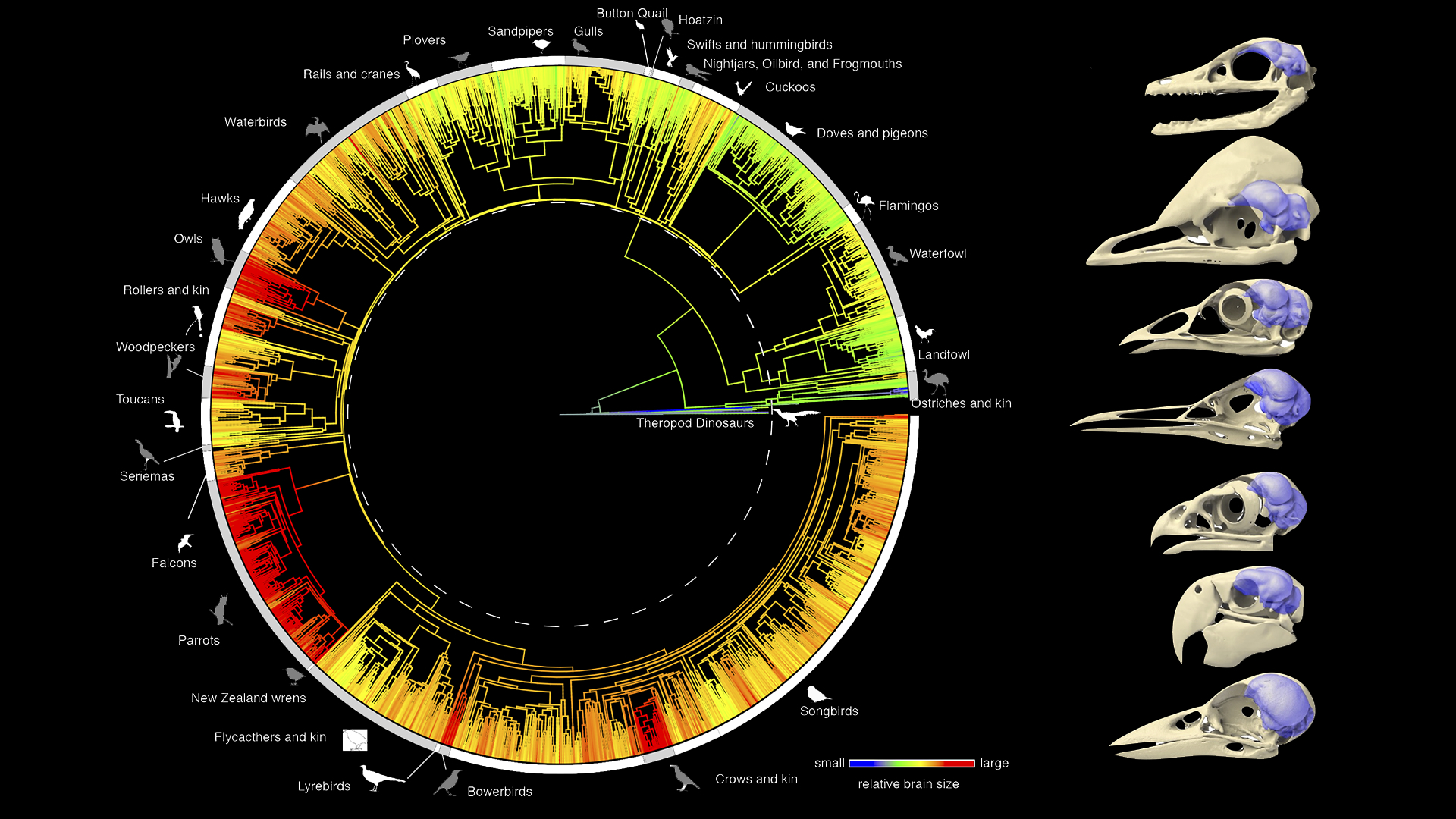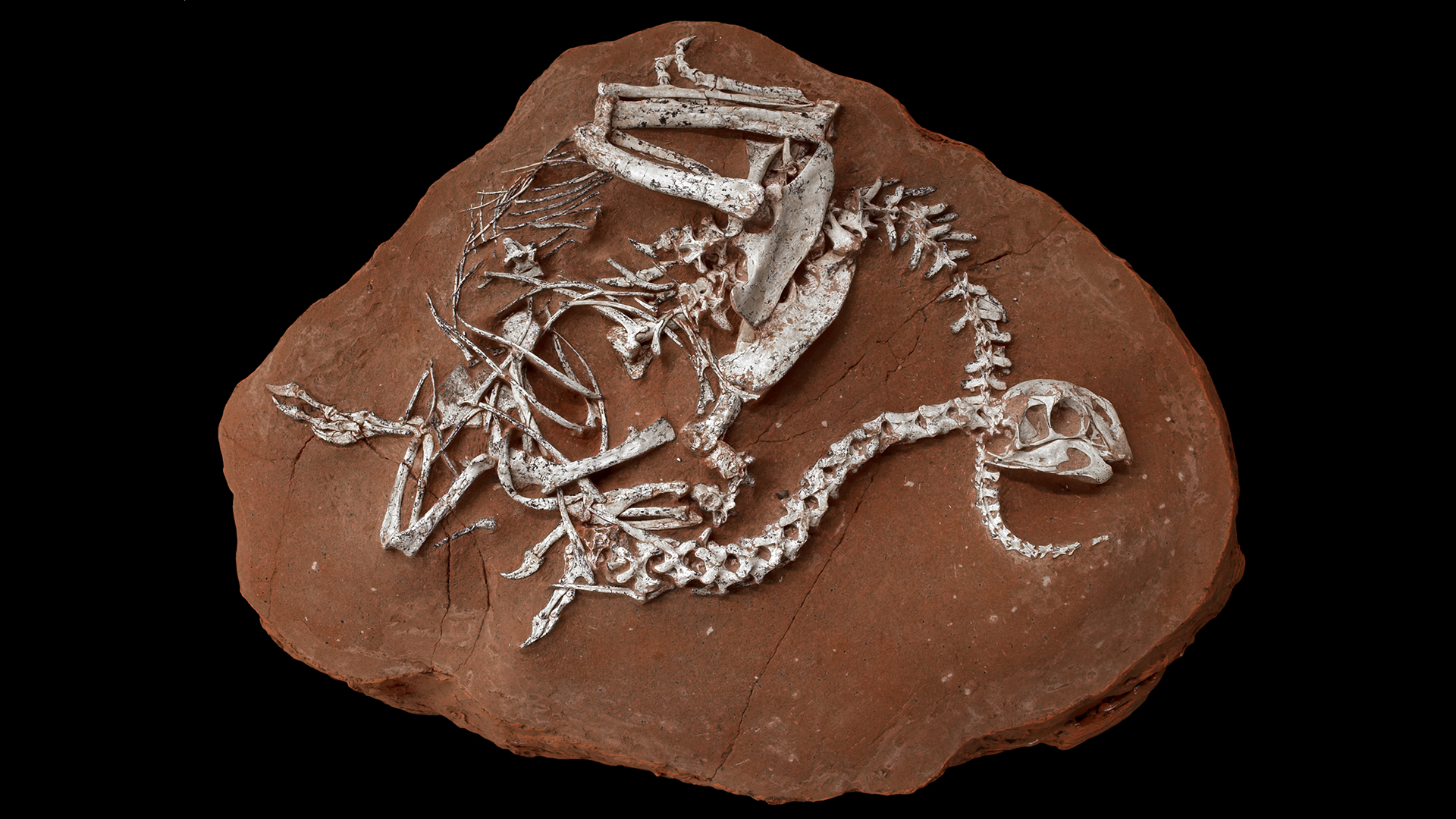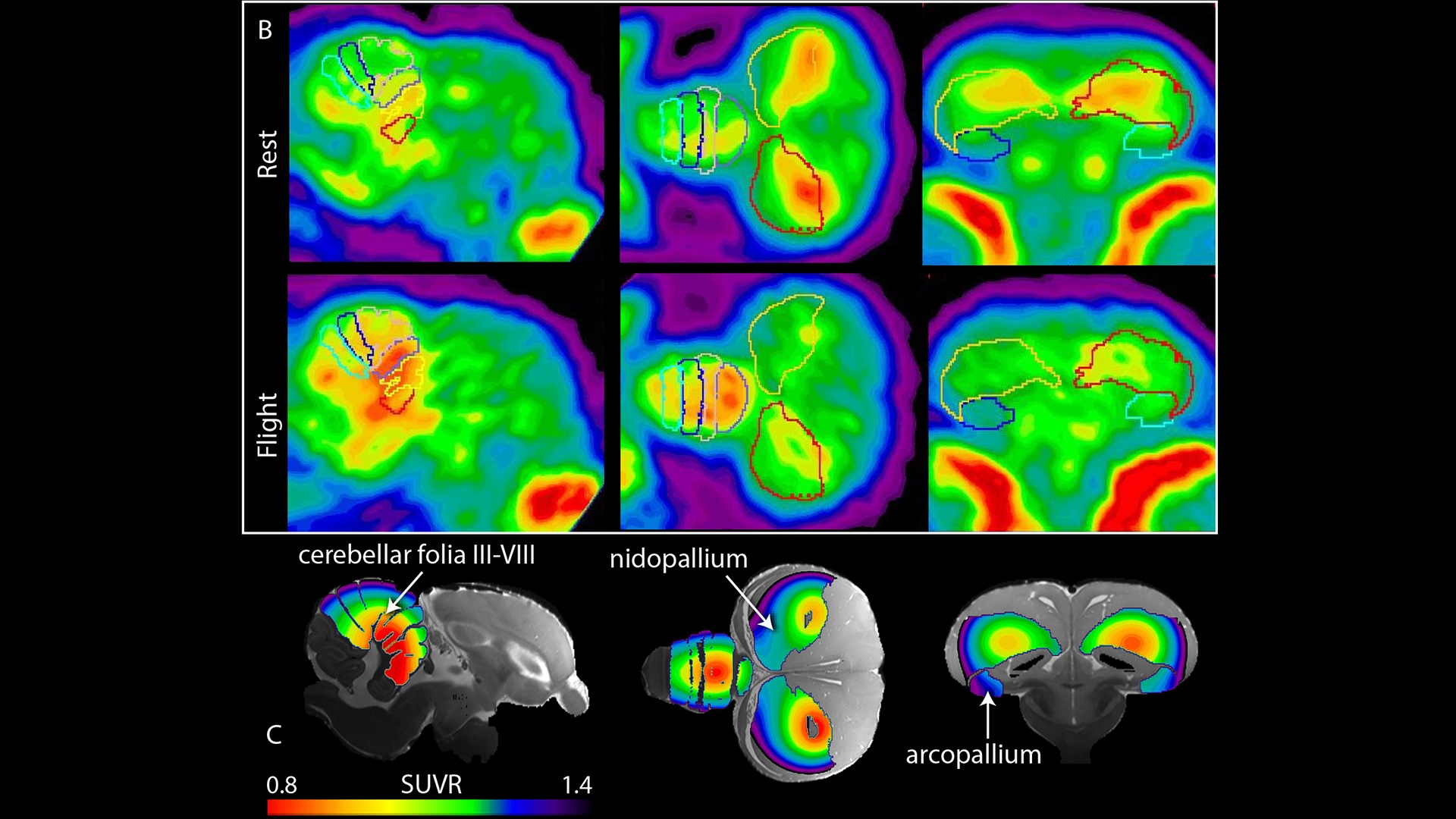Balanoff Lab

The Balanoff lab is pursuing questions regarding the interplay of behavioral innovation with anatomical structure and function during major transformations in the evolutionary history of vertebrates. This research program targets these critical periods using a highly integrative, multidisciplinary approach that employs paleontological, molecular, and behavioral imaging data to test how structural changes in the brain respond to, and perhaps even drive, behavioral innovation.
Dr. Balanoff is particularly interested in the deep evolutionary history of the modern bird brain from among non-avian theropod dinosaurs. Birds are among the most diverse of vertebrate clades, with more than 10,000 living species representing a vast range of morphological, physiological, behavioral, and ecological strategies. Opportunities for studying form-function relationships within this radiation are vast and (relative to mammals) largely untapped. Questions associated with this transition range from what are the phylogenetic relationships of non-avian theropod dinosaurs closely related to birds, to how do these relationships help us understand structural and volumetric shifts in this period, to how can we use behavioral neuroimaging to predict those regions of the brain that are being utilized during characteristically bird-like behaviors such as flight.
Education
- Ph.D. Columbia University
- M.S. The University of Texas at Austin
- B.S. The University of Texas at Austin
Research Projects
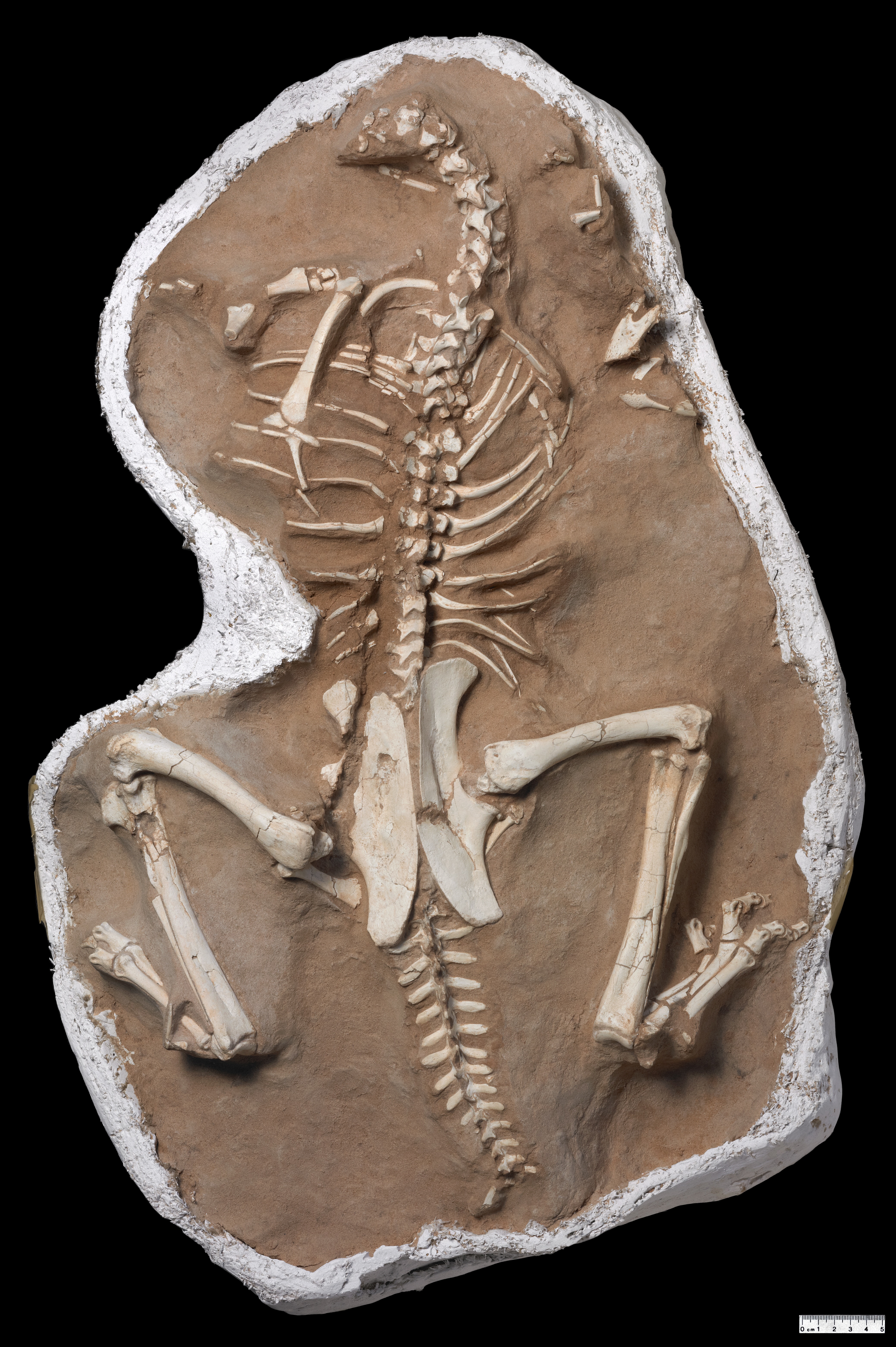

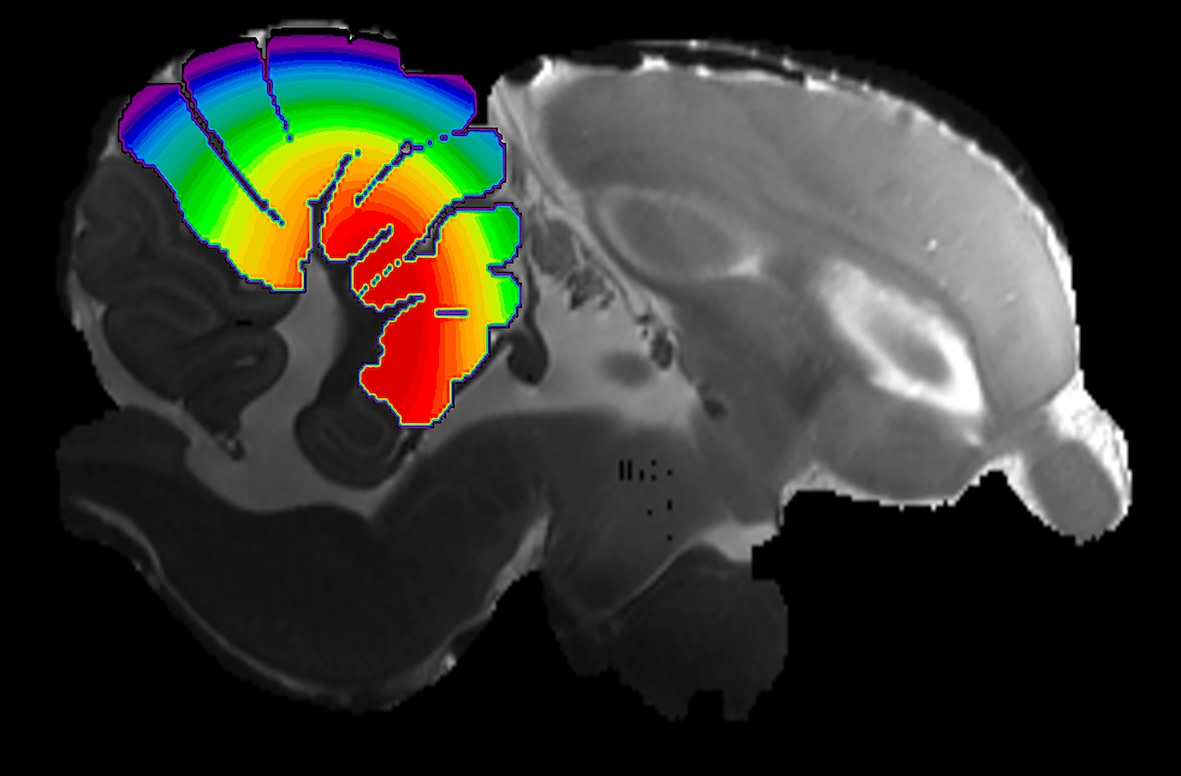
Phylogenetic relationships of non-avian dinosaurs
Structural and functional evolution of the vertebrate central nervous system
Behavioral imaging of bird brains
Selected Publications
Balanoff AM, Norell MA. 2012. Osteology of Khaan mckennai (Oviraptorosauria: Coelurosauria). Bulletin of the American Museum of Natural History 372:1-77.
Balanoff AM, Bever GS, Rowe TB, Norell MA. 2013. Evolutionary origins of the avian brain. Nature 501:92-96. doi:10.1038/nature12424
Balanoff AM, Smaers JB, Turner AH. 2016. Brain modularity across the theropod-bird transitions: testing the influence of flight on neuroanatomical variation. Journal of Anatomy 209:204-214.
Balanoff AM, Bever GS. 2017. The role of endocasts in brain evolution. In: J. Kaas (ed.), Evolution of the Nervous System, 2nd ed., vol. 1, pp. 223-241. Oxford, Elsevier.
Balanoff AM, Norell MA, Hogan AVC, Bever GS. 2018. The endocranial cast of oviraptorosaur dinosaurs and the increasingly complex, deep history of the avian brain. Brain Behavior and Evolution 91:125-135.
Salerno M, Ferrer E, Wei E, Li X, Gao W, Balanoff AM*, Vaska P*. 2019. Behavioral neuroimaging in birds using PET. Journal of Neuroscience Methods 317:157-164. *corresponding authors
Ksepka DT*, Balanoff AM*, Smith NA*, et al. 2020. Tempo and pattern of avian brain size evolution. Current Biology 30:2026-2036. * co-first authors
Balanoff AM, Norell MA. 2012. Osteology of Khaan mckennai (Oviraptorosauria: Coelurosauria). Bulletin of the American Museum of Natural History 372:1-77.
Hogan AVC, Watanabe A, Balanoff AM, Bever GS. 2020. Comparative growth in the olfactory system of the developing chick with considerations for evolutionary studies. Journal of Anatomy 237:225-240.
King JL, Sipla JS, Georgi JA, Balanoff AM, Neenan JM. 2020. The endocranium and trophic ecology of Velociraptor mongoliensis. Journal of Anatomy 237:861-869.
Balanoff AM, Bever GS. 2020. The role of endocasts in brain evolution. In: J. Kaas (ed.), Evolutionary Neuroscience, 2nd Oxford, Elsevier.
Smaers JB, Rothman RS, Hudson D, Balanoff A, et al. 2021. The evolution of mammalian brain size. Science Advances 7:eabe2101.
Choiniere J, Neenan JM, Schmitz L, Ford DP, Chapelle KEJ, Balanoff AM, et al. 2021. Specialized nocturnal sensory adaptations in alvarezsauroid dinosaurs. Science 372:610-613.
Watanabe A, Balanoff AM, P.M. Gignac, M.E.L. Gold, M.A. Norell. 2021. Novel neuroanatomical integration and scaling define avian brain shape evolution and development. eLife 10: e68809. DOI:7554/eLife.68809
Ksepka DT, Early CM, Dzikiewicz K, Balanoff AM. 2023. Osteology and neuroanatomy of a Miocene phasianid (Aves: Galliformes) from the Miocene of Nebraska. Journal of Paleontology 97:223-242.
Cerio DG, LLera Martin CJ, Hogan AVC, Balanoff AM, Watanabe A, Bever GS. 2023. Differential growth of the adductor muscles, eyeball, and brain in the chick Gallus gallus with comments on the fossil record of stem-group birds. Journal of Morphology 284: e21622.
Meade LE, Pittman M, Balanoff A, Lautenschlager S. 2024. Cranial functional specialization for strength precedes morphological evolution in Oviraptorosauria. Communications Biology 7:436. DOI: https://doi.org/10.1038/s42003-024-06137-1
Balanoff A*, Ferrer E, Saleh L, Gignac P, Gold MEL, Marugán-Lobón J, Norell M, Ouellette D, Salerno M, Watanabe A, Wei S, Bever G*, Vaska P*. 2024. Quantitative functional imaging of the pigeon brain: implications for the evolution of avian powered flight. Proceedings of the Royal Society B: Biological Sciences 291. DOI: https://doi.org/10.1098/rspb.2023.2172. *corresponding authors
Lab Members
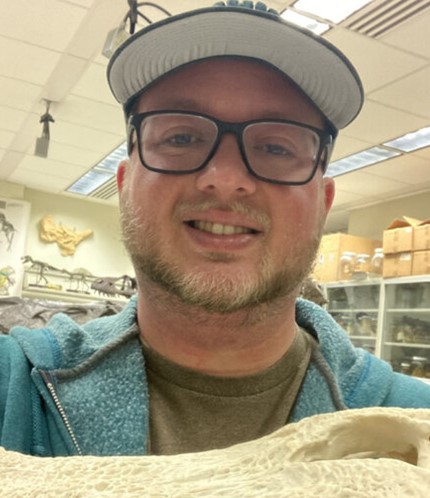
D.J. Morgan
Postdoctoral Fellow
- Evolution of the sauropsid brain and meninges
- Cranial morphology and the evolution of cranial vasculature
Hiking, baseball, cats, and avid Pokémon fan

Sam Broadbent
Graduate Student
- Paleobiology
- Development & evolution in vertebrates
- Integrative approaches to organismal systems
Raises critters such as jumping spiders, native planaria, and ant colonies

Emma Puetz
Graduate Student
- Anatomial, ontogenetic, and evolutionary variation in the vertebrate skull
- Paleoneurology
- Avian flight
Running, backpacking, camping, and digging for dinosaurs
Courses Taught
ME: 130.600
SFM Human Gross Anatomy
This seven-week Human Anatomy course is taught to first year medical students in the Johns Hopkins University School of Medicine. Designed to provide a comprehensive regional approach to the human body, this course includes lecture, cadaver dissection with emphasis on the three-dimensional relationships of anatomic structures, clinical correlations, medical imaging sessions, and team-based learning small group activities.
AS.290.304
Comparative Neuroanatomy
This course examines the phylogenetic and developmental history of the central nervous system across the vertebrate tree of life, with emphasis on the deep history of those features that characterize the human brain. We will study how our understanding of non-human vertebrates (both model and non-model organisms) can provide important insights into the structure and function of the modern human brain.
News
February 6, 2024
‘Scientists pinpoint growth of brain’s cerebellum as key to evolution of bird flight’
JHU Hub: https://hub.jhu.edu/2024/02/06/scientists-discover-key-in-evolution-of-bird-flight/
February 16, 2024
‘Call them bird-brained, but Hopkins scientists say it’s why pigeons can fly’
The Baltimore Banner: https://www.thebaltimorebanner.com/economy/science-medicine/johns-hopkins-why-birds-fly-5NTFAGJYWBALTJ43D7IKHOSO3A/
February 16, 2024
‘Unraveling the evolution of flight’

